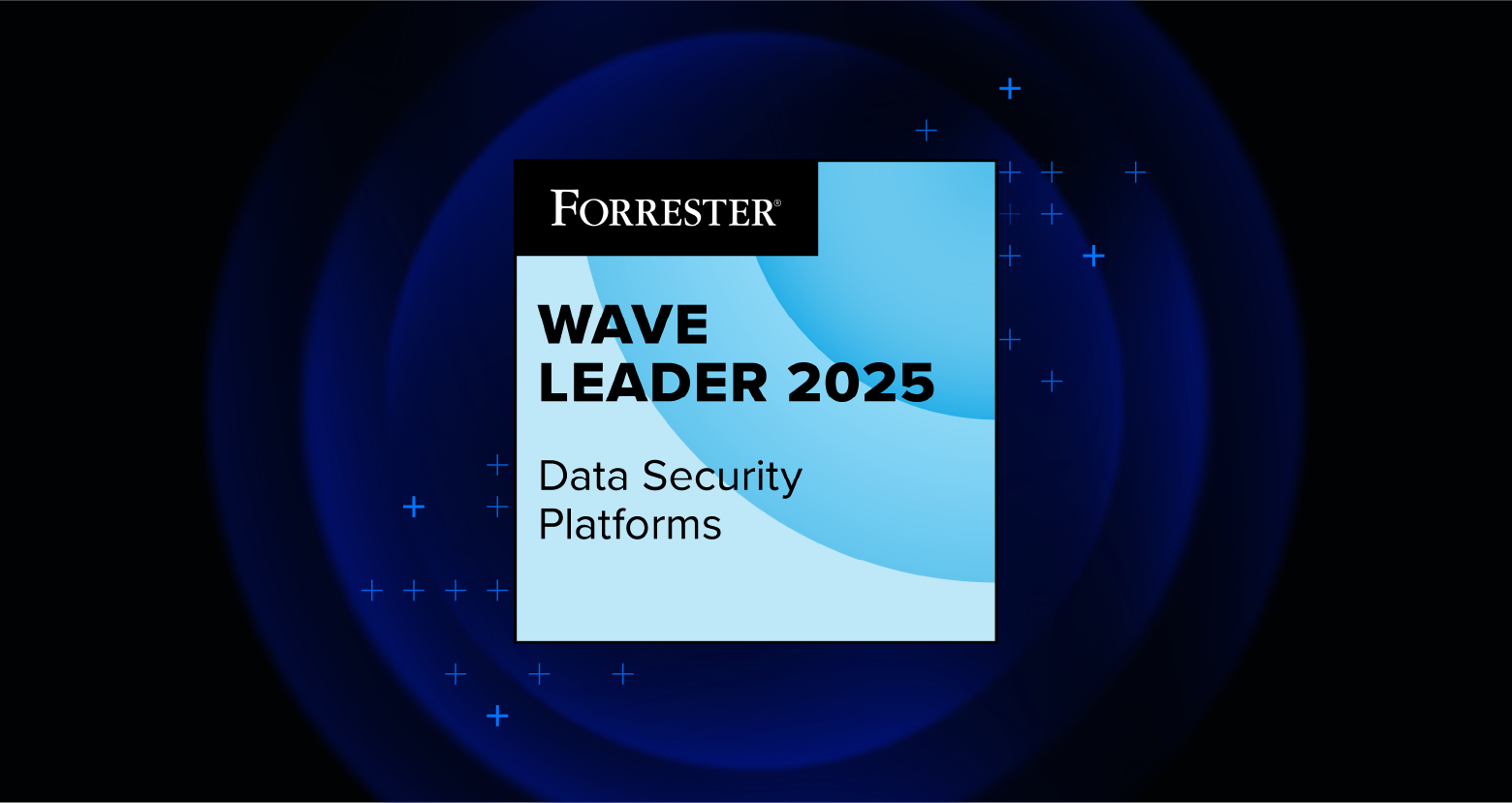Featured Content

Data Security

Avia Navickas

Avia Navickas
Cloud Security

Yaki Faitelson
Data Security

Varonis Threat Labs
Data Security
-1.png)
Lexi Croisdale
-
 Data Security
Data SecurityJun 17, 2020
Is Your Company Prepared for a Cyber Attack?
Would your company survive a cyber attack? Use our flowchart to see if your business is prepared for cybersecurity threats.

Rob Sobers
1 min read
-
 Active Directory
Active DirectoryJun 17, 2020
Active Directory Has a Privacy Problem
Attackers can manipulate Active Directory into giving up potentially sensitive data about users on your network.

Michael Buckbee
3 min read
-
 Privacy & Compliance
Privacy & ComplianceJun 17, 2020
Frequently Asked Questions (FAQ): GDPR and HR/Employee Data
As I wrote in another post, HR records are considered personal data and covered under the General Data Protection Regulation (GDPR). Since I keep on hearing from people who should...

Michael Buckbee
6 min read
-
 Data Security
Data SecurityJun 17, 2020
Koadic: LoL Malware Meets Python-Based Command and Control (C2) Server, Part I
In my epic series on Windows binaries that have dual uses– talkin’ to you rundll32 and mshta — I showed how hackers can stealthy download and launch remote script-based malware....

Michael Buckbee
6 min read
-
 Data Security
Data SecurityJun 17, 2020
Endpoint Detection and Response (EDR): Everything You Need to Know
Endpoints are a favorite target of attackers – they’re everywhere, prone to security vulnerabilities, and difficult to defend. Our guide to EDR will take you through the basics, the importance and the 9 elements of EDR solutions. Check it out!

Michael Buckbee
3 min read
-
 Privacy & Compliance
Privacy & ComplianceJun 17, 2020
A Year in the Life of the GDPR: Must-Know Stats and Takeaways
This review of the GDPR covers how it's changed the way industries and individuals function online through GDPR stats, fines and policies of this past year

Rob Sobers
10 min read
-
 Data Security
Data SecurityJun 17, 2020
The Difference Between Data Governance and IT Governance
Lately, we’ve been so focused on data governance, extracting the most value from our data and preventing the next big breach, many of us have overlooked IT governance fundamentals, which...

Michael Buckbee
3 min read
-
 Data Security
Data SecurityJun 17, 2020
Adventures in Fileless Malware, Part III: Obfuscated VBA Scripts for Fun and Profit
After yakking in the last two posts about malware-free or fileless attack techniques, we’re ready to handle a dangerous specimen. The Hybrid Analysis site is the resource I rely on to...

Michael Buckbee
3 min read
-
 Data Security
Data SecurityJun 17, 2020
Data Breach Response Times: Trends and Tips
We've taken a deep dive to discover the trends between different data breaches, their response times, the effect of response duration and what you can do to keep your response time down.

Rob Sobers
10 min read
-
 Active Directory Data Security
Active Directory Data SecurityJun 17, 2020
What is an Active Directory Forest?
An Active Directory forest is the top most logical container in an Active Directory configuration that contains domains, users, computers, and group policies.

Michael Buckbee
4 min read
-
 Data Security Privacy & Compliance
Data Security Privacy & ComplianceJun 17, 2020
Wyden's Consumer Data Protection Act: How to Be Compliant
Will 2019 be the year the US gets its own GDPR-like privacy law? Since my last post in this series, privacy legislation is becoming more certain to pass. Leaders from...

Michael Buckbee
4 min read
-
 Data Security
Data SecurityJun 17, 2020
Understanding Security Analytics Platforms
I’ve already written about the fundamentals of security analytics. To review: it’s the process of aggregating, correlating, and applying other more advanced techniques to raw event data in order to...

Michael Buckbee
5 min read
SECURITY STACK NEWSLETTER
Ready to see the #1 Data Security Platform in action?
Ready to see the #1 Data Security Platform in action?
“I was amazed by how quickly Varonis was able to classify data and uncover potential data exposures during the free assessment. It was truly eye-opening.”
Michael Smith, CISO, HKS
"What I like about Varonis is that they come from a data-centric place. Other products protect the infrastructure, but they do nothing to protect your most precious commodity — your data."
Deborah Haworth, Director of Information Security, Penguin Random House
“Varonis’ support is unprecedented, and their team continues to evolve and improve their products to align with the rapid pace of industry evolution.”
Al Faella, CTO, Prospect Capital